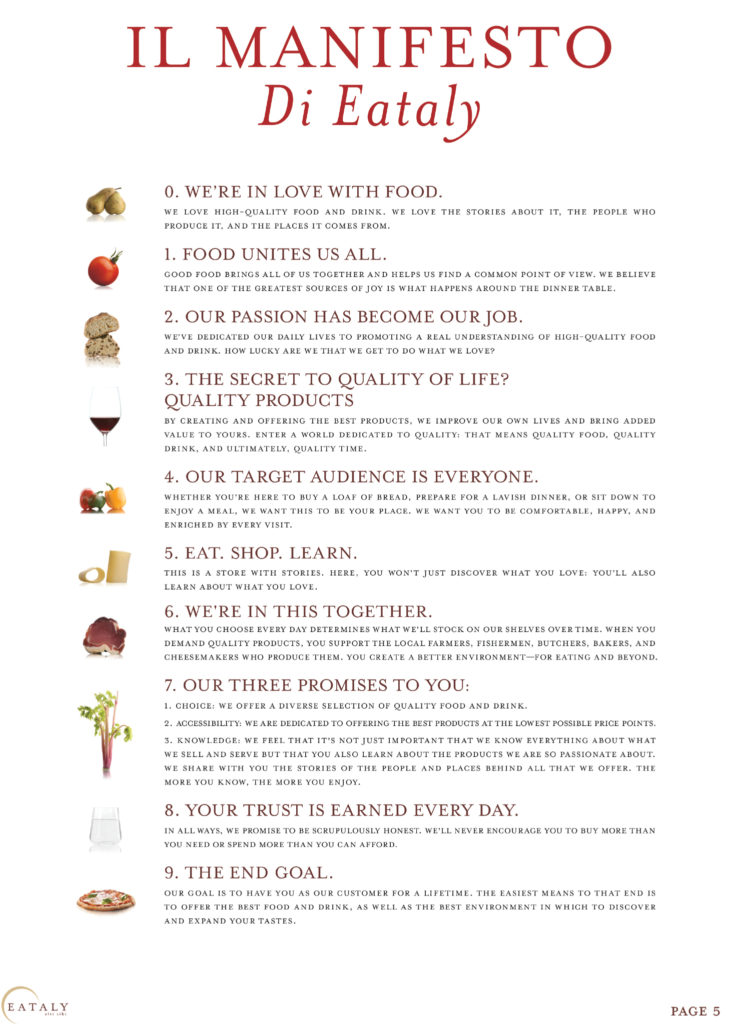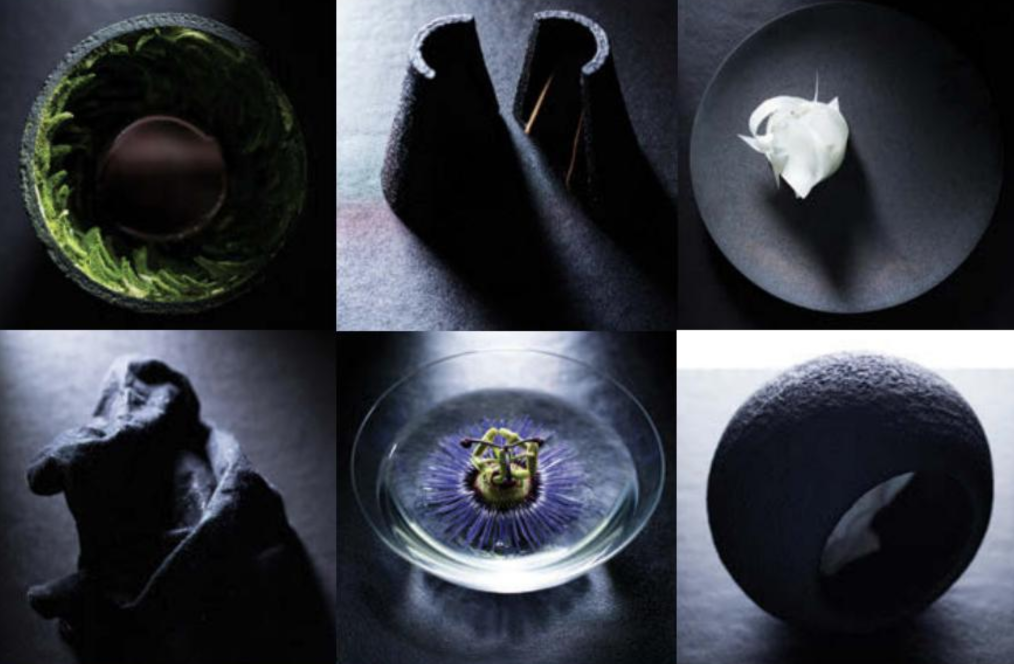By Katherine Kims
EATALY
WHERE: Westfield Century City
WHO: Mario Batali, Joe Bastianich, Lidia Bastianich, Michael Cimarusti
WHAT: The Turin-based food emporium opens at LA’s Westside shopping mall with a 60,000-plus-square-foot food hall containing three restaurants, cooking school (there are hands-on pasta classes and demonstrations on classics including lasagna alla bolognese and arancini) and a market featuring all things Italian.
MAIN COURSE: Taste and stock up on olive oil: Shoppers can sample and buy olive oil in glass-carafe bulk. If dining in (no reservations) don’t miss Neapolitan-and-Roman-style pizzas from the wood-burning oven and the crudo bar at seafood-focused Il Pesce Cucina from the chef behind Providence.
GARNISH: Eataly thinks local, using local producers and flour mills for its homemade mozzarella and burrata (handmade on-site daily) and breads. They’ve also teamed up with Dock to Dish to source sustainable seafood from small-scale fisheries. 10250 Santa Monica Blvd., eataly.com

VESPERTINE
WHERE: Culver City
WHO: Chef Jordan Kahn of Destroyer and formerly Red Medicine, architect Eric Owen Moss
WHAT: The 22-seat space reads more like a modern-art museum than a fine-dining restaurant. What the owners describe as “sculptural table and seating,” suspended from the ceiling, is just one aspect of this dining experience that spreads over 18 courses and four levels, starting with a rooftop amuse-bouche and ending with a digestif in the outdoor garden.
MAIN COURSE: Reservations must be prepaid, and are accepted for up to four guests ($250 per person); you may need to book up to two months in advance. Expect a changing tasting menu of dishes such as Turnip Banana, Mango Redwood, and Burnt Onion Black Currant artfully plated on Ryota Aoki ceramics.
GARNISH: The Eric Moss-designed architecture was not only preserved—the steel-and-glass façade was untouched during the remodel—but also an inspiration for the creation of Vespertine. Explains Kahn, “For most restaurants, you get a black box, and you design around it to create a certain feel. Vespertine began with the building, which already had an energy and feeling. So, the dining room is minimalist. The tones overall are soft glowing light with neutral greys. There were no direct external aesthetic influences.” vespertine.la




